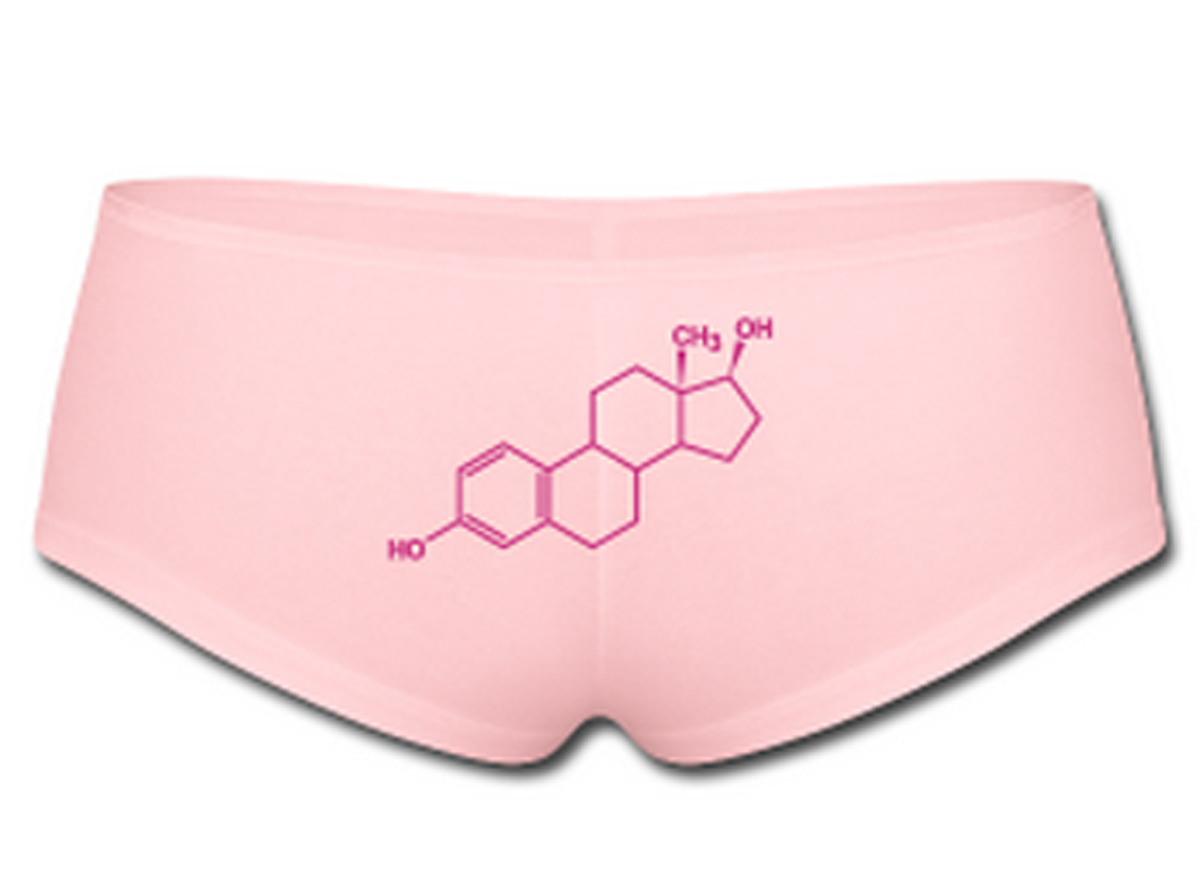Table of Contents
Impaired follicles and failure to ovulate
The most important cause of low progesterone is the follicle which cannot release the egg. Instead, the follicle becomes a cyst and the normal progesterone peak does not take place. This lack of increase in progesterone signals the hypothalamus to produce more luteinizing hormone and follicle-stimulating hormone, which then stimulate the ovary to make more estrogen and androgens.

Environmental estrogens
An increasing number of experts suspect that the substances called environmental estrogens are contributing to hormonal imbalances. In fact, estrogenic chemicals are present in the air, food and water. They include pesticides and herbicides as well as various plastics and PCBs. At least 50 environmental hormone mimics have been identified.
These substances are highly fat-soluble and are stored in your fatty tissue
Impaired disposal of estrogens.
Another possible factor is that your body may have the impaired ability to metabolize and dispose of estrogens. This could be the case if you have impaired liver function or constipation.
Stress
It is well known that stress causes adrenal gland exhaustion and reduced progesterone output. This leads to excessive estrogen production with symptoms such as insomnia and anxiety, which further taxes the adrenal gland. After a few years in this type of vicious cycle, the adrenal glands become exhausted.
Obesity
It is proven that fat has an enzyme that converts adrenal steroids to estrogen. Studies have shown that estrogen and progesterone levels fell in women who lost a significant amount of weight. Women who eat more wholesome foods have a far lower incidence of menopausal symptoms.
Possible complications
The scientific literature is clear that an excess of estrogen or estrogen activity at the cell level is the root cause of breast cancer. On the other hand, hormone imbalances triggered by the use of synthetic hormone combinations can have deadly consequences. The most recent studies on use of the synthetic hormones were abruptly cancelled when they proved to be a greater risk than benefit for a majority of diseases they were thought to be preventing:
- A 41% increase in strokes
- A 29% increase in heart attacks
- A 26% increase in breast cancer
- A 22% increase in total CVD
- A doubling of the rate of blood clots
- A possible contribution to Alzheimer's disease
High-risk population
It is proven that high risk population is made of those individuals in menopause especially with signs of low thyroid, fibroids, endometriosis and overall symptoms of too much estrogen including: breast tenderness, fibrocystic breasts, mood swings, vasomotor fluctuations, irritability, anxiety, fat gain and water retention.
Estrogen dominance commonly occurs in situations:
- When women are on estrogen replacement therapy.
- Premenopause when early follicle depletion results in the lack of ovulation
- Exposure to Xenoestrogens which is the cause of early follicle depletion. Xenoestrogens are foreign substances found outside the body in the air and food that have an estrogen effect on the body.
- Birth control pills with an excessive estrogen component.
- Women who have had a hysterectomy
- Post menopause, especially in women who are overweight
- Women who suffer from insulin resistance.
- www.natural-progesterone-advisory-network.com
- www.safemenopausesolutions.com
- www.womenlivingnaturally.com
- Photo courtesy of Arne Hendriks by Flickr : www.flickr.com/photos/arnehendriks/7156853897/

